Key Takeaways
- Dead ants in the bathroom often result from moisture attraction, colony waste disposal, toxins, pest treatments, or seasonal swarms.
- Common bathroom-invading ants in the US include carpenter ants, odorous house ants, pharaoh ants, and pavement ants.
- Effective management includes moisture control, thorough sanitation, sealing entry points, and targeted bait treatments.
- Professional pest control services are recommended for persistent or significant infestations.
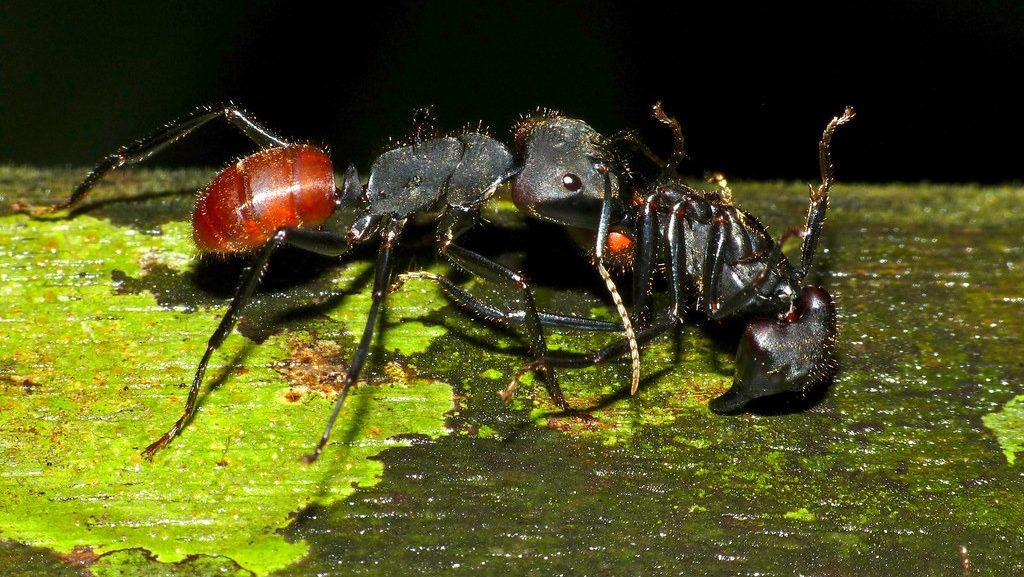 Discovering dead ants scattered across your bathroom floor or around sinks and tubs is both puzzling and unsettling. While a few isolated occurrences might seem trivial, regularly finding ant carcasses indicates a deeper underlying issue. It is important to know why ants end up dead in your bathroom as it is necessary in addressing the root cause and preventing future infestations.
Discovering dead ants scattered across your bathroom floor or around sinks and tubs is both puzzling and unsettling. While a few isolated occurrences might seem trivial, regularly finding ant carcasses indicates a deeper underlying issue. It is important to know why ants end up dead in your bathroom as it is necessary in addressing the root cause and preventing future infestations.
This detailed guide explains the common reasons why you might keep finding dead ants in your bathroom, identifies the types of ants involved, and offers practical solutions to permanently resolve the issue.
Reasons You’re Finding Dead Ants in Your Bathroom
There are many reasons that in our households we find dead ants in our bathroom. Below are some listed down :- Moisture Attraction and Drowning Bathrooms are humid environments, making them particularly attractive to ants seeking water. Leaky faucets, condensation around pipes, or water droplets left behind from showers provide ideal moisture sources. Ants attracted to this moisture sometimes accidentally fall into sinks, tubs, or toilets, becoming trapped and eventually drowning.Carpenter ants, in particular, prefer damp, humid environments. If your bathroom has moisture issues, carpenter ants are likely candidates for the deceased ants you’re finding. How to fix this:
- Regularly fix plumbing leaks and condensation issues.
- Dry wet surfaces after showers.
- Use exhaust fans to reduce humidity.
Odorous house ants and pharaoh ants are known to establish colonies near moisture-rich areas like bathrooms. Finding their dead bodies could indicate their colony is disposing of deceased workers nearby. How to address this:
- Inspect areas near plumbing and walls for potential ant activity.
- Seal cracks and entry points around pipes, walls, and baseboards.
- Consider professional pest inspections if the issue persists.
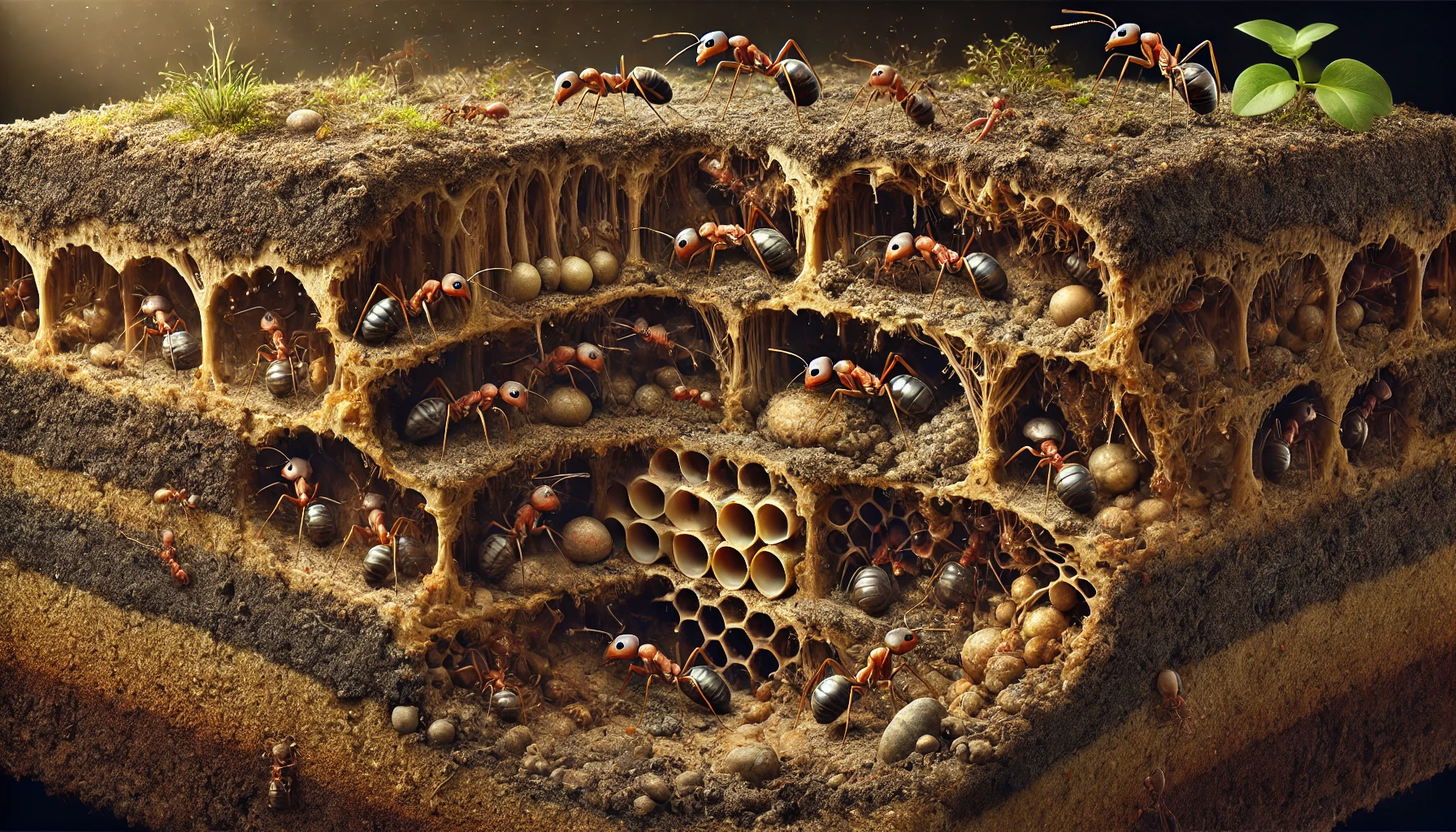

Not getting a solution?
Get your free pest control estimate today!- Regularly rinse sinks and tubs to remove chemical residues.
- Keep surfaces clean and dry to reduce attractants.
- Use non-toxic, natural cleaning solutions where possible.
- Regularly clean up dead ants promptly.
- Monitor and refresh bait stations to ensure complete elimination of colonies.
- If ants persist, reassess or seek professional pest control.
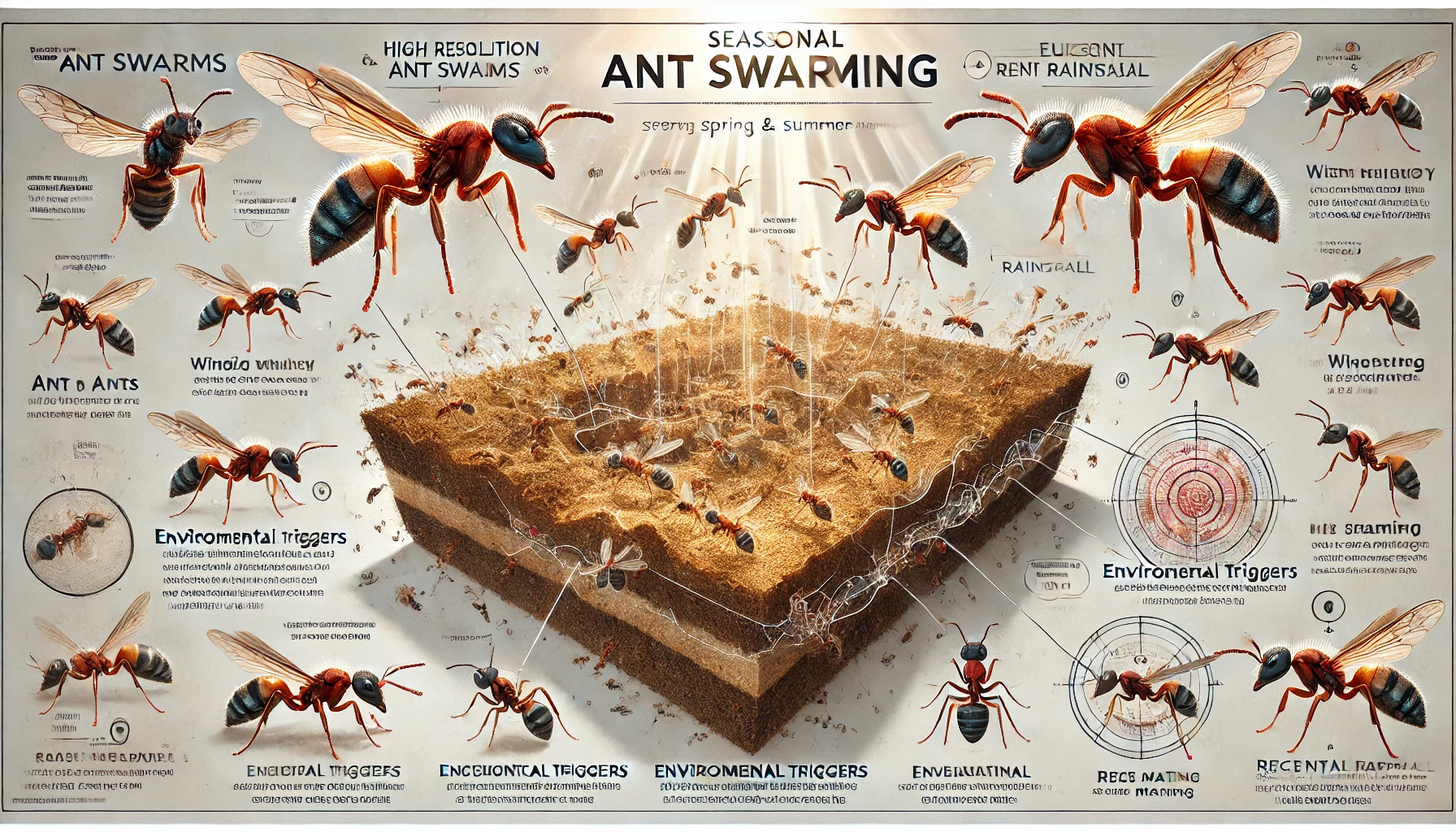
Seasonal Ant Swarming Events
Certain ant species, especially carpenter ants and pavement ants, have seasonal swarming events, typically in spring or early summer. During swarms, winged reproductive ants leave the colony to mate.After mating, many ants naturally die. Bathrooms, with bright lights and humidity, attract these winged ants, leading to numerous dead bodies found near windowsills or bathtubs following swarms. How to mitigate this:
- Seal cracks and openings around windows and vents.
- Install screens to keep flying ants outdoors.
- During ant swarming seasons, keep lights off or use blinds to reduce attraction.
Common Ant Species Found Dead in Bathrooms
Identifying the species of ant you’re dealing with can help pinpoint the cause of their presence and guide your prevention strategy.Carpenter Ants
-
Appearance: Large (¼ to ½ inch), usually black or reddish-black.
-
Attraction: Drawn to moisture, wood decay, and plumbing leaks, which provide ideal nesting conditions.
-
Risks: Structural damage from tunneling within damp wood, weakening wooden structures over time.
Odorous House Ants
-
Appearance: Small, dark brown or black ants that emit a rotten coconut-like odor when crushed.
-
Attraction: Drawn to moisture, sugary residues, and soap scum, often found in kitchens and bathrooms.
-
Risks: Can contaminate food and personal items, making them a nuisance in homes.
Pharaoh Ants
-
Appearance: Tiny (1/16 inch), pale yellow or reddish ants, often difficult to spot due to their small size.
-
Attraction: Drawn to warmth, humidity, and food residues, commonly found in kitchens and bathrooms.
-
Risks: Infestations can be difficult to control, requiring targeted bait treatments for effective elimination.
Pavement Ants
-
Appearance: Small (⅛ inch), brown to black ants commonly found near sidewalks and driveways.
-
Attraction: Drawn to cracks in foundations, damp areas, and organic debris, making homes an ideal nesting site.
-
Risks: Frequently enter homes in search of food, contaminating surfaces and becoming a persistent nuisance.
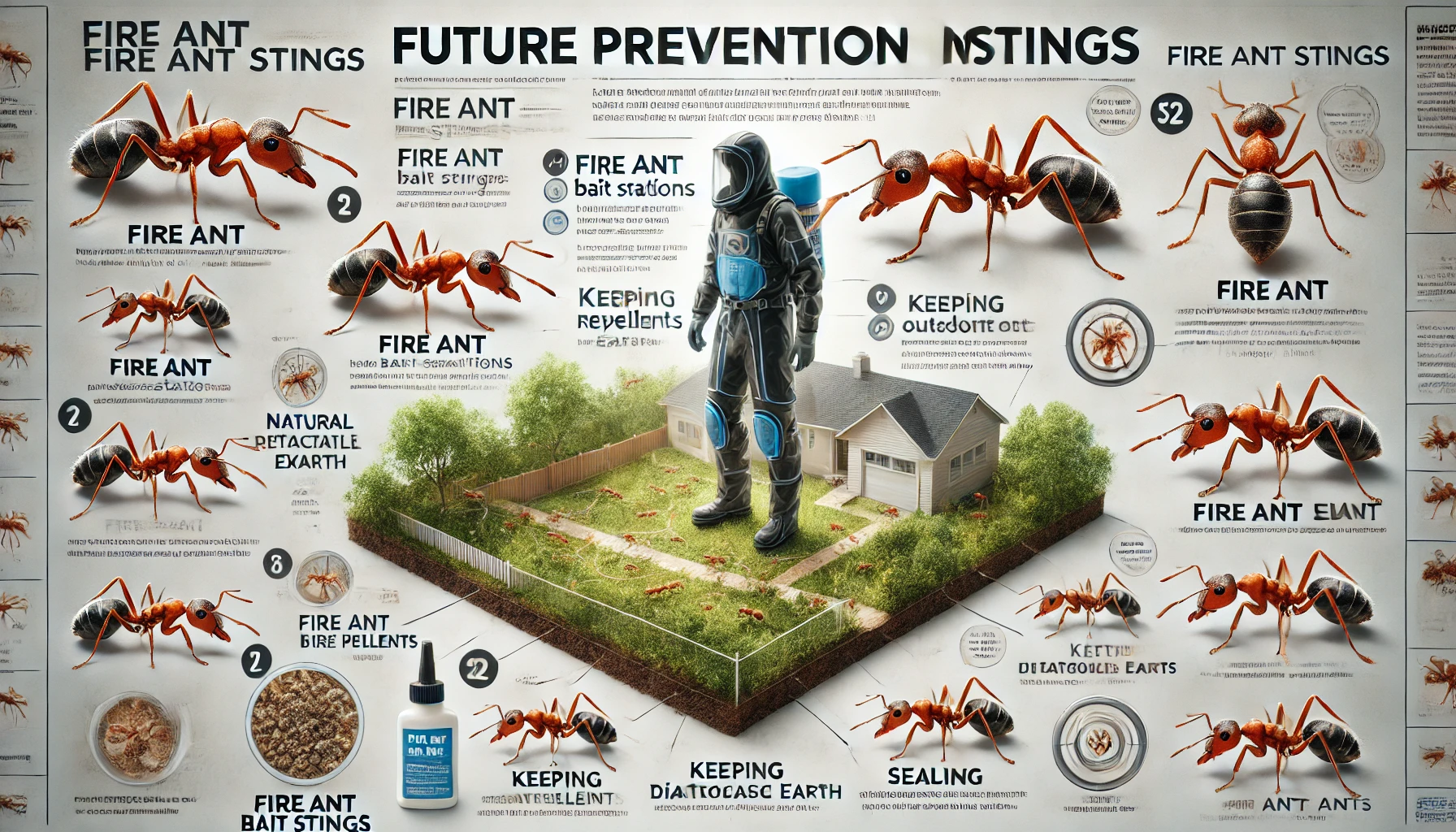
Effective Solutions to Stop Finding Dead Ants
Taking proactive steps to eliminate the conditions attracting ants and removing access points can significantly reduce finding dead ants in your bathroom.Step 1: Remove Attractants and Maintain Cleanliness
- Regularly wipe and disinfect bathroom surfaces.
- Dispose of trash and organic debris frequently.
- Clean sinks and shower drains regularly to prevent organic buildup.
Step 2: Reduce Bathroom Moisture
- Repair any leaks promptly.
- Install or use existing exhaust fans consistently.
- Use dehumidifiers in extremely humid bathrooms.
Step 3: Seal Ant Entry Points
- Seal cracks around pipes, baseboards, walls, and tiles.
- Check for gaps around windows and doors, sealing them properly.
- Regularly inspect and reseal to maintain protection.
Step 4: Use Targeted Ant Treatments
- Deploy ant bait stations to eliminate hidden colonies.
- Avoid random sprays, as targeted baiting is more effective in colony elimination.
- Consult professionals for large or persistent infestations, especially carpenter ants or pharaoh ants.
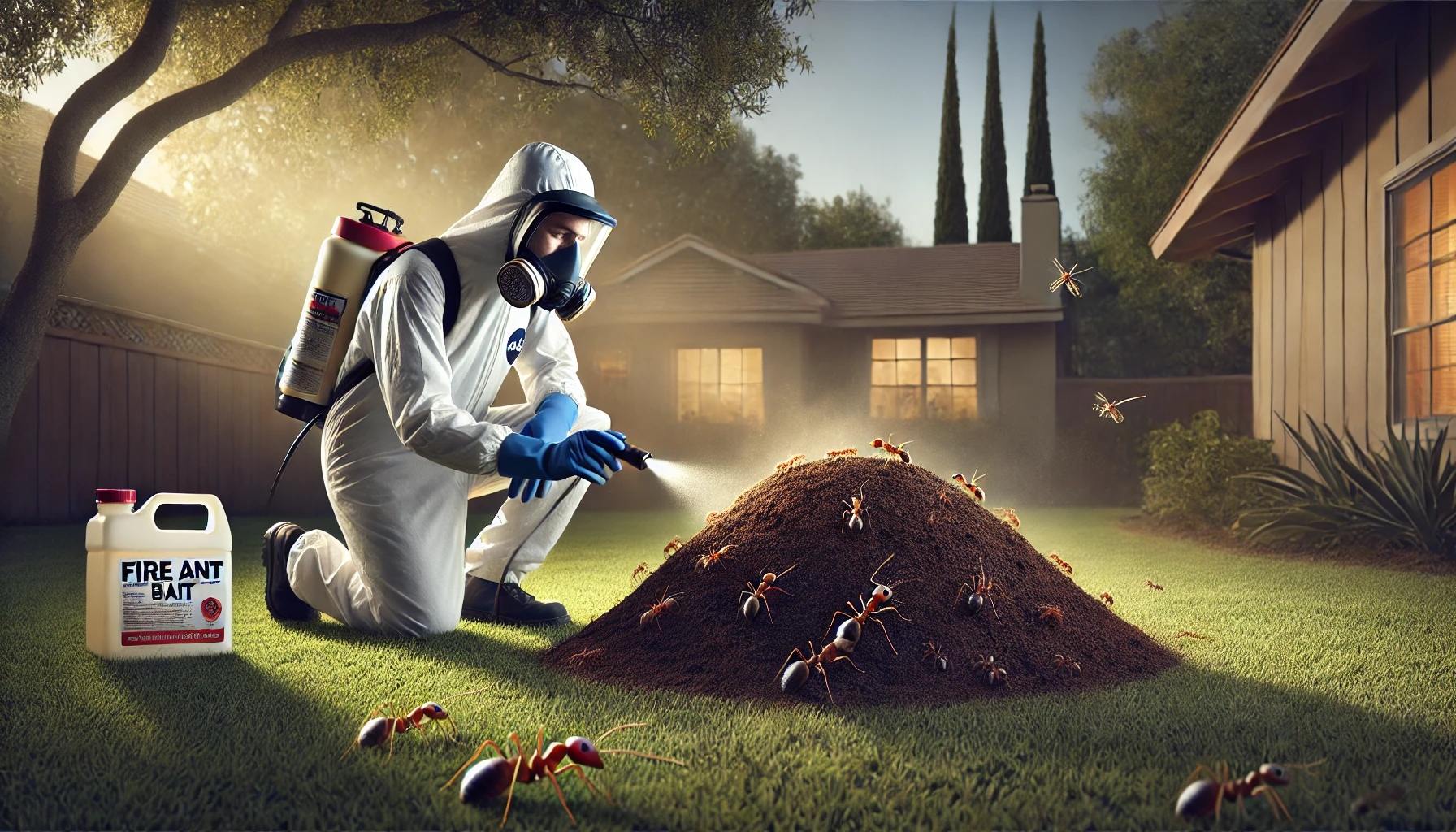
Professional Pest Control Options
When DIY solutions don’t resolve ongoing issues, professional pest control may be necessary. Experts can perform detailed inspections to identify hidden nests and apply treatments specifically tailored to the ant species involved. A professional can also help identify potential structural issues, like moisture damage, that attract ants in the first place.If you feel things have gone out of control, it is advised to contact pest control professionals. Our team can provide a customized approach to protect your home effectively.
Visit our Species, Control, and DIY Guide sections for additional resources on ants and ways to tackle a ants infestation.





